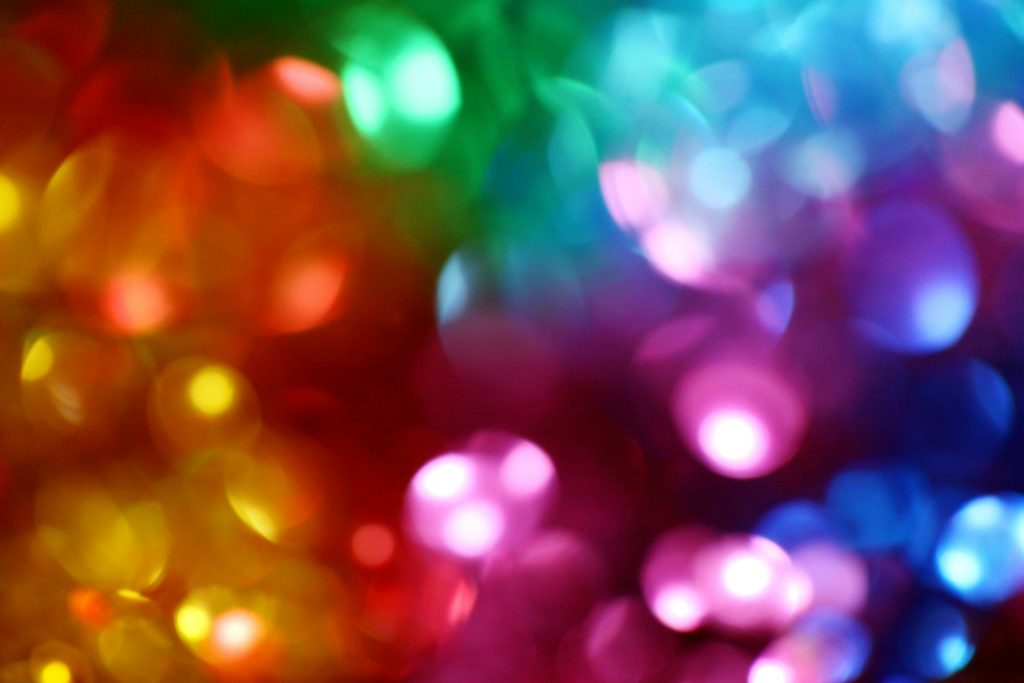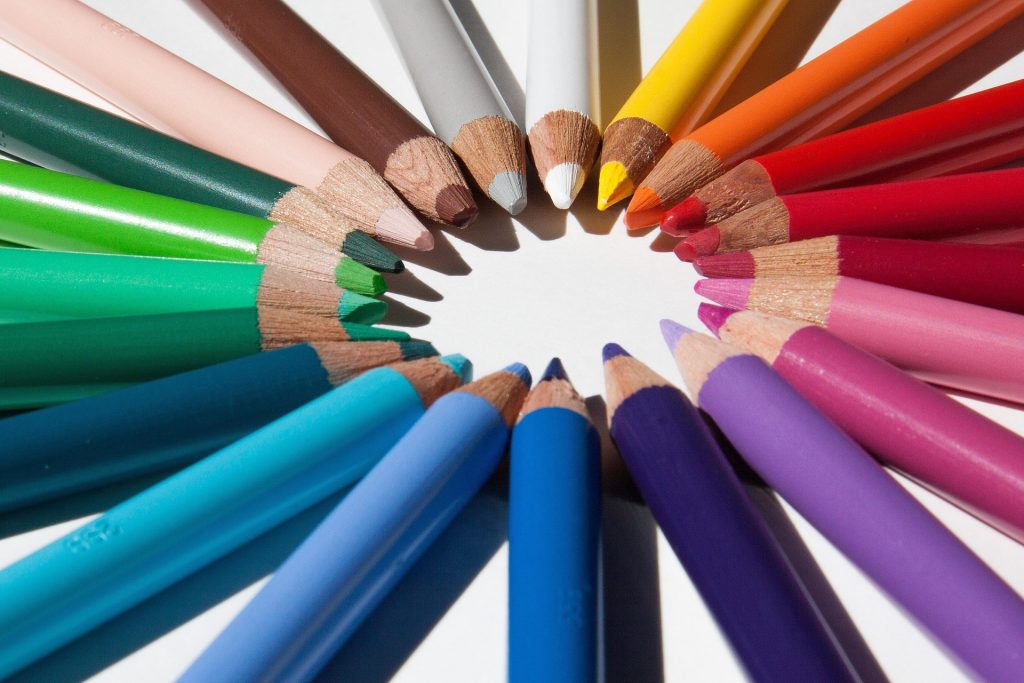When someone mentions color therapy, more often than not it’s associated with the color green and spending some time in the nature to rest the eyes and restore the overall balance.
Now, it’s interesting to explore the effect of other colors, and how they can help with various aspects of our lives.
Maybe you’ve been drawn to a specific color lately?
It all might have a deeper meaning… pointing you in the right direction, drawing your attention to the areas that need it.
Let’s find out more about how each color uniquely supports wellness and in which ways the color therapy is utilised.

Photo by Alexander Grey on Unsplash
Table of Contents
What is Color Therapy?
Color therapy, also known as chromotherapy, is a practice that taps into the unique energy (specific frequency) that each color holds, to boost and maintain wellness of the mind, body, and spirit.
Color therapy is commonly used in wellness and holistic practices, but its effectiveness remains debated in the scientific community. Experts generally recommend it as a complementary approach rather than a replacement for medical or psychological treatment. Still, because it’s low-risk and often emotionally supportive, many people find it a valuable part of their self-care routines.
How Each Color Affects Us
Here’s a breakdown of the emotional and energetic qualities of the most frequent therapeutic colors:
Red
Energizing, grounding, and warming.
Red is linked to physical strength, vitality, and courage. It stimulates circulation and is often used to overcome fatigue or lethargy. However, too much red can increase feelings of aggression or stress, so it’s best used in moderation.
Orange
Creative, social, and optimistic.
Orange encourages joy, spontaneity, and emotional release. It supports digestion and stimulates enthusiasm, making it a great pick for creative spaces or when you need a confidence boost.
Yellow
Uplifting, intelligent, and clarifying.
Associated with the mind and intellect, yellow enhances clarity, learning, and self-worth. It’s known to aid digestion and improve mood, which is why it’s often used to combat mild depression or brain fog.
Green
Balancing, calming, and harmonizing.
As the color of nature and the heart chakra, green restores balance and promotes a sense of peace. It’s ideal for creating environments of healing and compassion, whether in your home or in therapy settings.
Blue
Soothing, cooling, and communicative.
Blue promotes serenity and is often used to reduce anxiety, lower blood pressure, and improve sleep. It supports clear communication and emotional healing, especially in throat chakra work.
Indigo
Intuitive, mystical, and introspective.
Indigo is linked to the third eye and deep perception. It’s used in spiritual practices to enhance intuition and insight. In wellness, it helps with emotional blockages and supports deeper meditation.
Violet (or Purple)
Spiritual, imaginative, and transformative.
Often associated with the crown chakra, violet connects us to higher consciousness and creativity. It’s used to calm the nervous system and support practices that foster self-awareness and transformation.
Pink
Nurturing, loving, and gentle.
Pink carries a softer energy than red and is often associated with unconditional love, kindness, and emotional healing. It’s commonly used in spaces meant for emotional reflection or inner child work.
White
Purifying, cleansing, and clarifying.
White reflects all colors and represents new beginnings, clarity, and purity. It can be used in healing to cleanse energy or promote mental clarity.

Image by Stefan Schweihofer from Pixabay
Where Color Therapy is Used
Color therapy isn’t limited to a single practice; it’s woven into many wellness and lifestyle choices, such as:
- Meditation & Mindfulness Spaces
- Journaling and Creative Practices
- Chakra Healing and Energy Work
- Interior Design and Home Wellness
- Color Bath Therapy
- Art Therapy and Counseling
- Fashion and Personal Style
- Wellness Gadgets & Technology
Interested to learn more about some of those ways or maybe all of them?
Good news! This section of the blog post will be updated with the links for each as the blog posts get published.
Stay tuned! 🙂
___________
Have you heard about color therapy before?
Maybe had some experience with it, even intuitively before knowing of the official term and practices?
Let us know in the comments below!
More Articles
